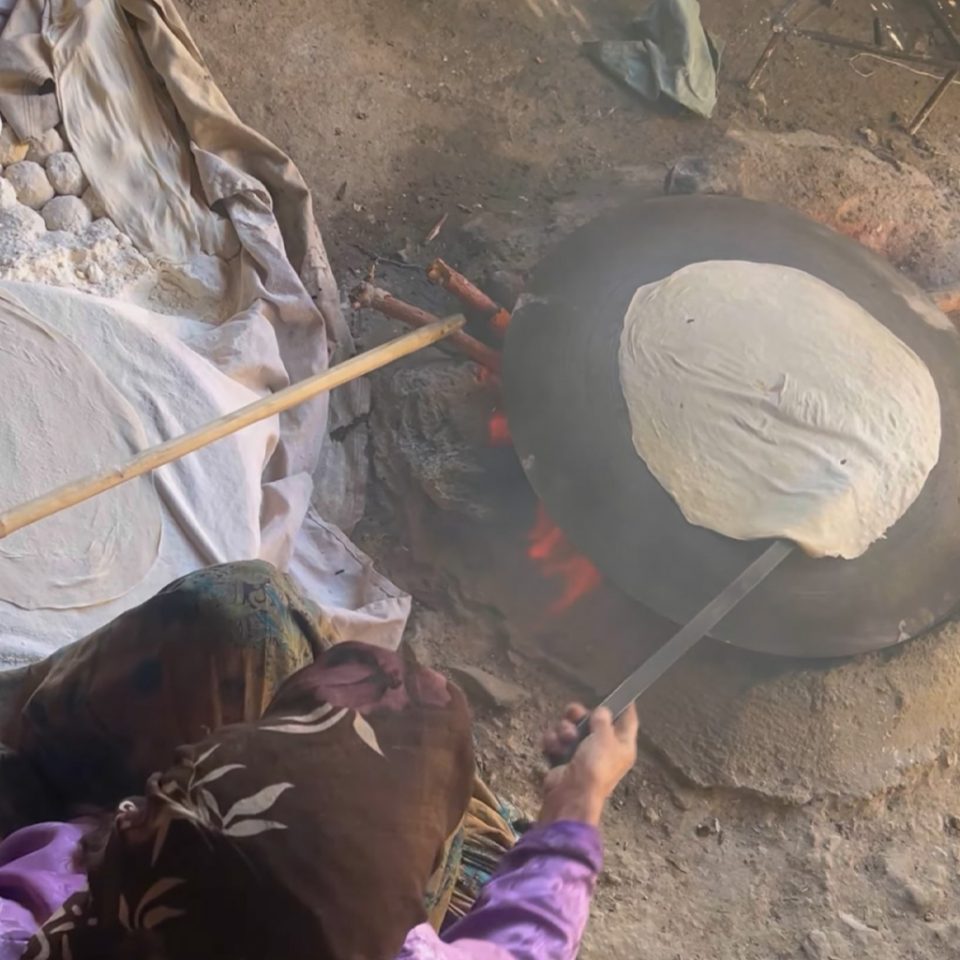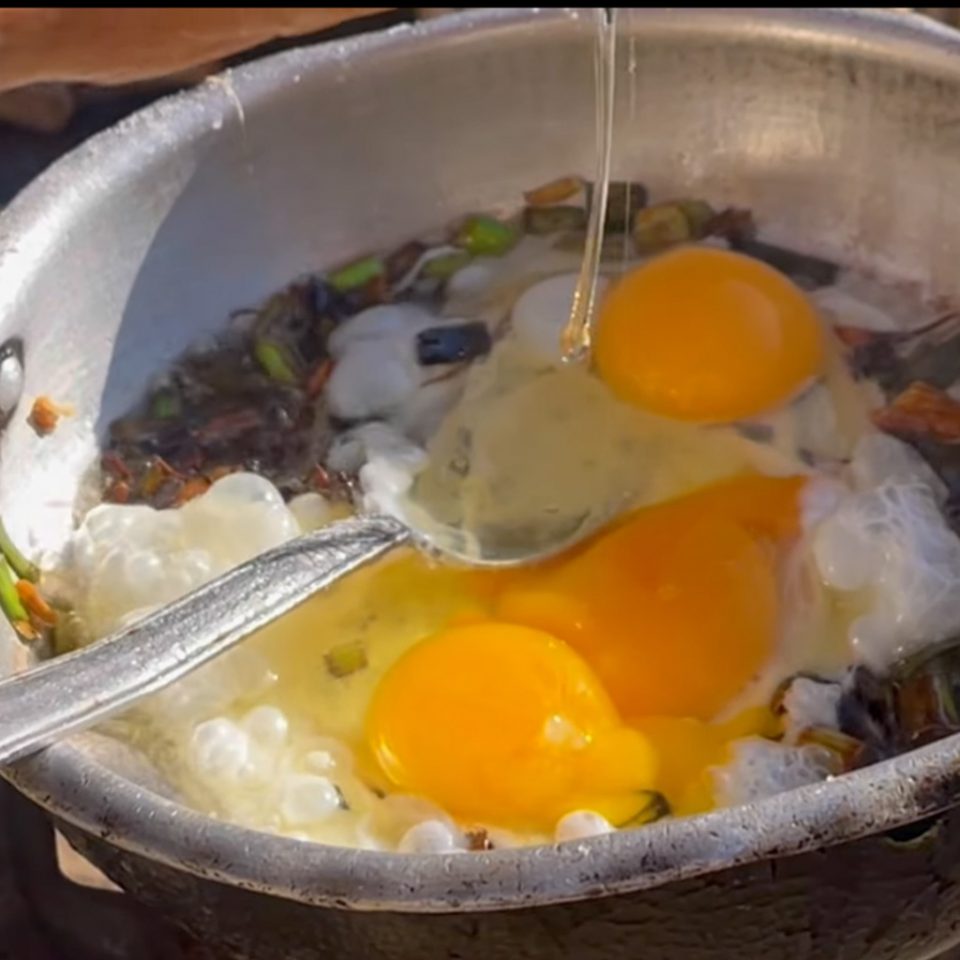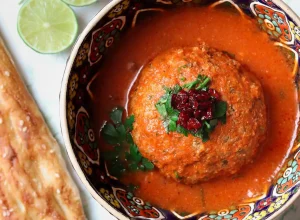Bread is a staple food that is consumed by people all over the world. It comes in different shapes, sizes, and flavors, and each culture has its unique way of preparing it. In the nomadic culture of Iran, baking thin bread is a tradition that has been passed down from generation to generation.
One such nomad woman who is an expert in baking thin bread is Maryam. She is a member of the Qashqai tribe, which is one of the largest nomadic tribes in Iran. Maryam has been baking thin bread since she was a young girl, and she has perfected the art of making it.
Table of Content
Who is Nomad?
Nomadism is the practice of living a mobile, non-sedentary lifestyle, typically characterized by a lack of a fixed abode and a reliance on subsistence activities such as hunting, gathering, and pastoralism. Nomads are people who live this lifestyle, moving from place to place in search of resources, often following a seasonal pattern.
Nomadic cultures have existed for thousands of years, and while the number of nomads has declined over time, there are still millions of people around the world who live a nomadic lifestyle. Nomads can be found in many different parts of the world, including Asia, Africa, Europe, and the Americas. Nomadic groups include pastoralists who travel with their herds of animals, such as sheep, goats, and camels and hunter-gatherer groups who rely on the land and its resources to survive.
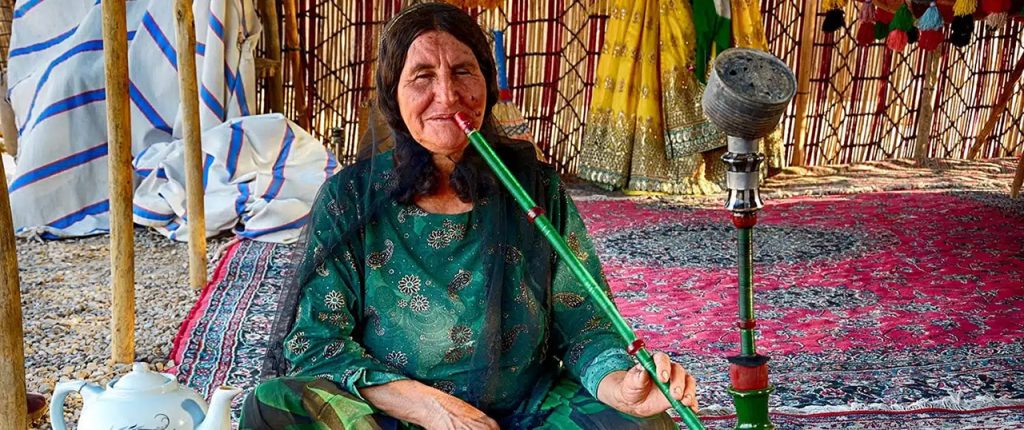
Nomads have developed unique cultural practices and traditions that reflect their mobile lifestyle. They often have complex social systems and strong ties to their extended families and communities. Many nomadic cultures also have a deep connection to the land and a strong sense of stewardship for the environment.
Despite the challenges that come with a nomadic lifestyle, such as unpredictable weather conditions and limited access to resources, many nomads view their lifestyle as a way to maintain their cultural identity and connection to their heritage. However, modernization and the growth of urbanization have threatened the traditional way of life for many nomadic communities.
In recent years, there has been growing interest in nomadic lifestyles among people in developed countries. This has led to the rise of digital nomads, individuals who work remotely and travel the world while maintaining a mobile lifestyle. Digital nomads often rely on technology to support their work, and they may travel to different countries to take advantage of lower living costs or to experience new cultures.
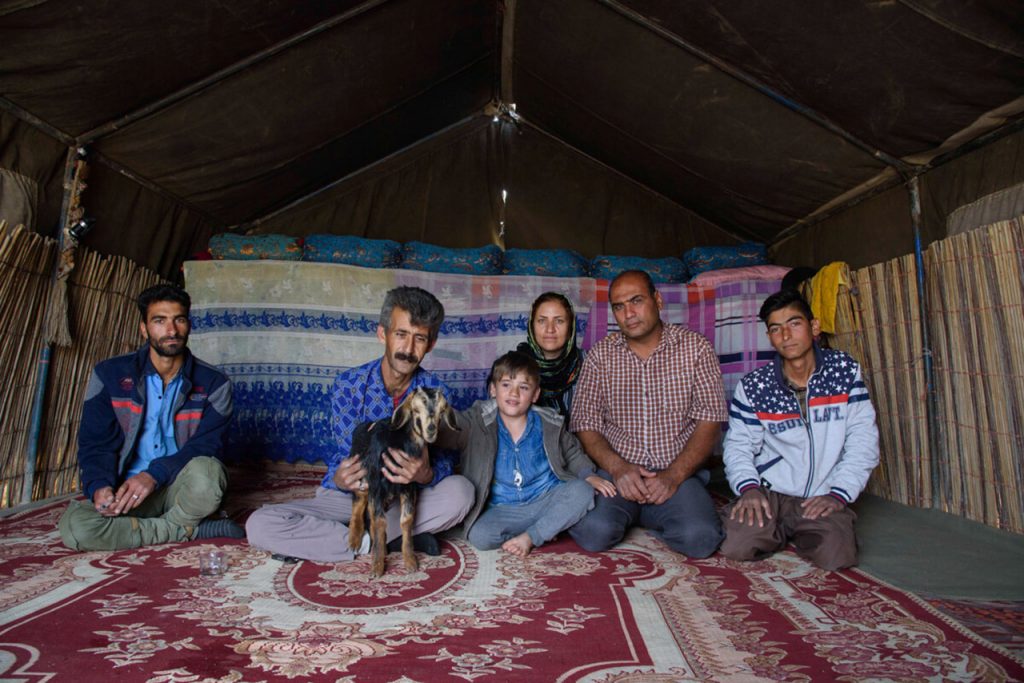
In conclusion, nomadism is a fascinating and complex way of life that has been practiced for thousands of years. While the number of nomads has declined over time, there are still millions of people around the world who live a nomadic lifestyle, and the concept of nomadism continues to evolve in modern times. Whether you are a traditional nomad or a digital nomad, the mobile lifestyle offers a unique opportunity to explore the world, connect with different cultures, and experience life in a way that is different from the sedentary lifestyle of modern society.
Baking Thin Bread
The process of making thin bread is a time-consuming and labor-intensive task. Maryam starts by preparing the dough, which consists of flour, water, and salt. She mixes the ingredients together, kneads the dough, and lets it rest for a few hours.
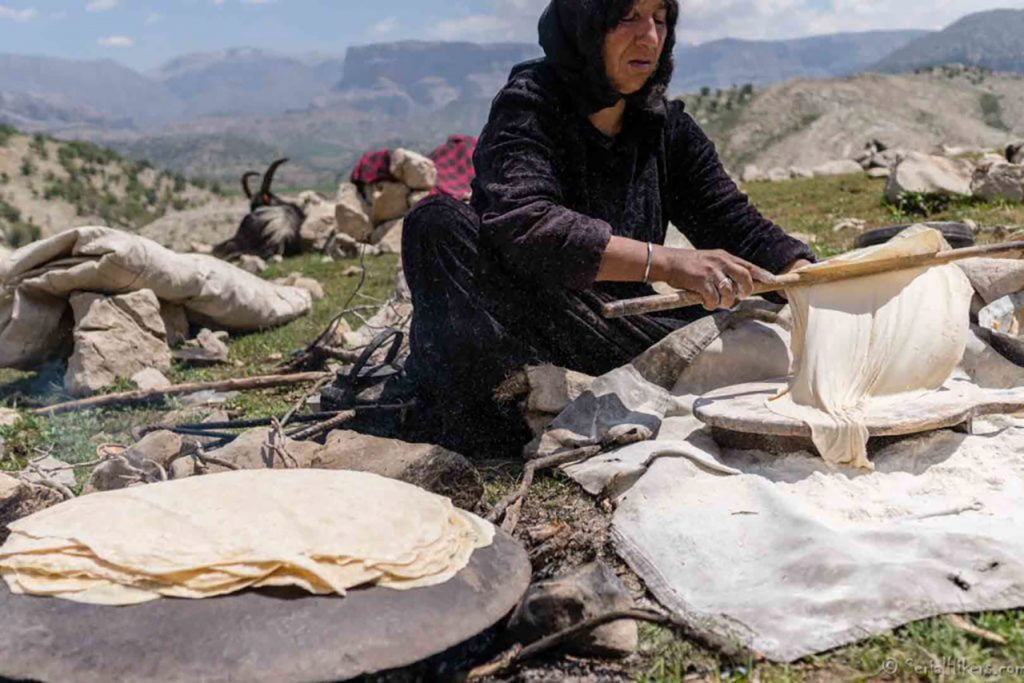
Once the dough has rested, Maryam begins the process of rolling it out. She uses a traditional rolling pin called “ghodoo” to flatten the dough into a thin, circular shape. The dough must be rolled out very thin to ensure that the bread cooks evenly.
After the dough is rolled out, Maryam places it on a hot griddle called a “saj.” The saj is a shallow, convex-shaped pan that is heated over an open flame. Maryam carefully places the dough on the saj and waits for it to cook.
As the bread cooks, it puffs up, and Maryam uses a tool called a “tong” to turn it over. She repeats this process until the bread is fully cooked, crispy, and golden brown.
Maryam’s thin bread is famous among the nomadic tribes of Iran, and people from all over the region come to taste it. The bread is served with different dishes such as stews, meats, and vegetables. It’s also delicious on its own, and many people eat it as a snack.
Baking thin bread is not just a means of providing food for the nomads, but it’s also a way to connect with their cultural heritage. The process of making bread is often a communal activity, where women gather to share stories and exchange recipes. It’s a time to socialize and connect with one another.
In conclusion, the art of baking thin bread is a tradition that has been practiced by nomads in Iran for centuries. Maryam’s expertise in making thin bread is a testament to the deep respect and love that nomads have for their cultural heritage. Through their baking practices, nomads not only provide sustenance for their families but also preserve their unique way of life.
It’s fascinating to see how the nomads use their knowledge and skills to adapt to their environment and create delicious food using simple ingredients. Maryam’s thin bread is not only tasty but also provides energy and sustenance for the nomads as they move from one place to another.
As modernization and urbanization continue to shape Iran, the nomads’ way of life is becoming increasingly rare. However, there is a growing interest in preserving their cultural heritage, and initiatives are being taken to document their traditions and promote their way of life.
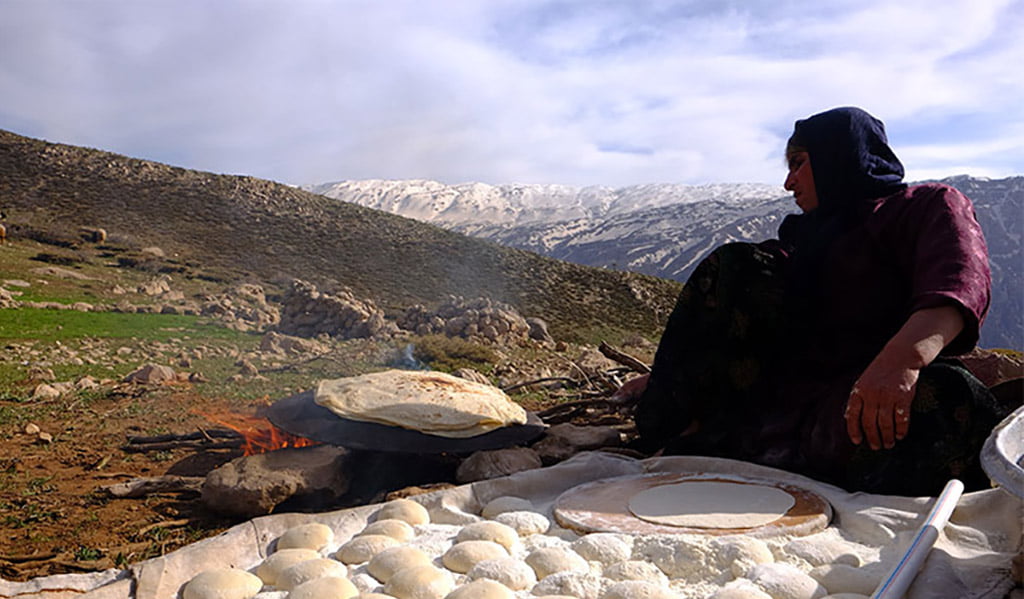
In recent years, nomad tourism has become popular in Iran, with many tourists visiting the nomads to learn about their culture and way of life. This has provided an opportunity for the nomads to share their traditions with the world and to generate income from their skills.
In conclusion, Maryam’s story is a testament to the nomads’ resourcefulness, resilience, and rich cultural heritage. Through their unique baking practices, they have managed to create delicious food that not only sustains them but also preserves their way of life. As we move forward, it’s important to appreciate and celebrate the diversity of our world’s cultures and traditions, and to support initiatives that promote their preservation and sustainability.
Iranian Nomads
Iranian nomads are a group of people who have been living a nomadic lifestyle in Iran for thousands of years. The Iranian nomads are divided into several different ethnic groups, each with their own unique customs, language, and way of life. Some of the most prominent Iranian nomadic groups include the Bakhtiari, Qashqai, Khamseh, Shahsevan, and Turkmen.
The Iranian nomads are primarily pastoralists, meaning that they travel from place to place with their herds of animals, which include sheep, goats, and camels. The nomads rely on these animals for their livelihood, using them for food, clothing, and transportation. They are skilled at raising and caring for their animals, as well as moving them from one grazing area to another.
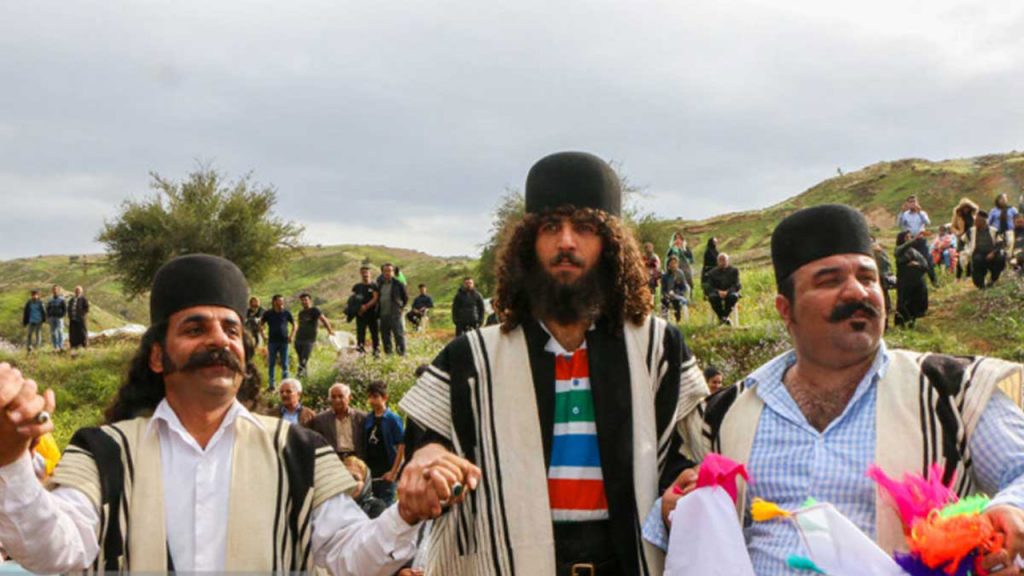
The nomads have developed a unique way of life that is closely tied to their environment. They have a deep understanding of the natural world and the seasonal patterns that govern it. They move with the seasons, following the best grazing areas and water sources. They also have a deep respect for the land and its resources, and they have developed sustainable practices that allow them to maintain their way of life without causing harm to the environment.
The Iranian nomads have a rich cultural heritage that is reflected in their music, dance, and traditional clothing. They have a strong sense of community and social structure, with extended families and clans that play an important role in their daily lives. The nomads also have a unique system of governance, with tribal leaders and councils that help to maintain order and resolve disputes.
Despite the challenges of living a nomadic lifestyle, such as limited access to education and healthcare, many Iranian nomads view their way of life as a source of pride and identity. However, like other nomadic groups around the world, the Iranian nomads are facing increasing pressure from modernization and urbanization. Many nomads are being forced to settle in cities, which can be a difficult transition for those who have lived their entire lives in a mobile lifestyle.
In conclusion, Iranian nomads are a unique and important part of Iran’s cultural heritage. Their way of life has been shaped by thousands of years of tradition and adaptation, and they have a deep connection to the land and the natural world. While their way of life is facing challenges from modernization, the Iranian nomads continue to maintain their traditions and pass them down to future generations.
